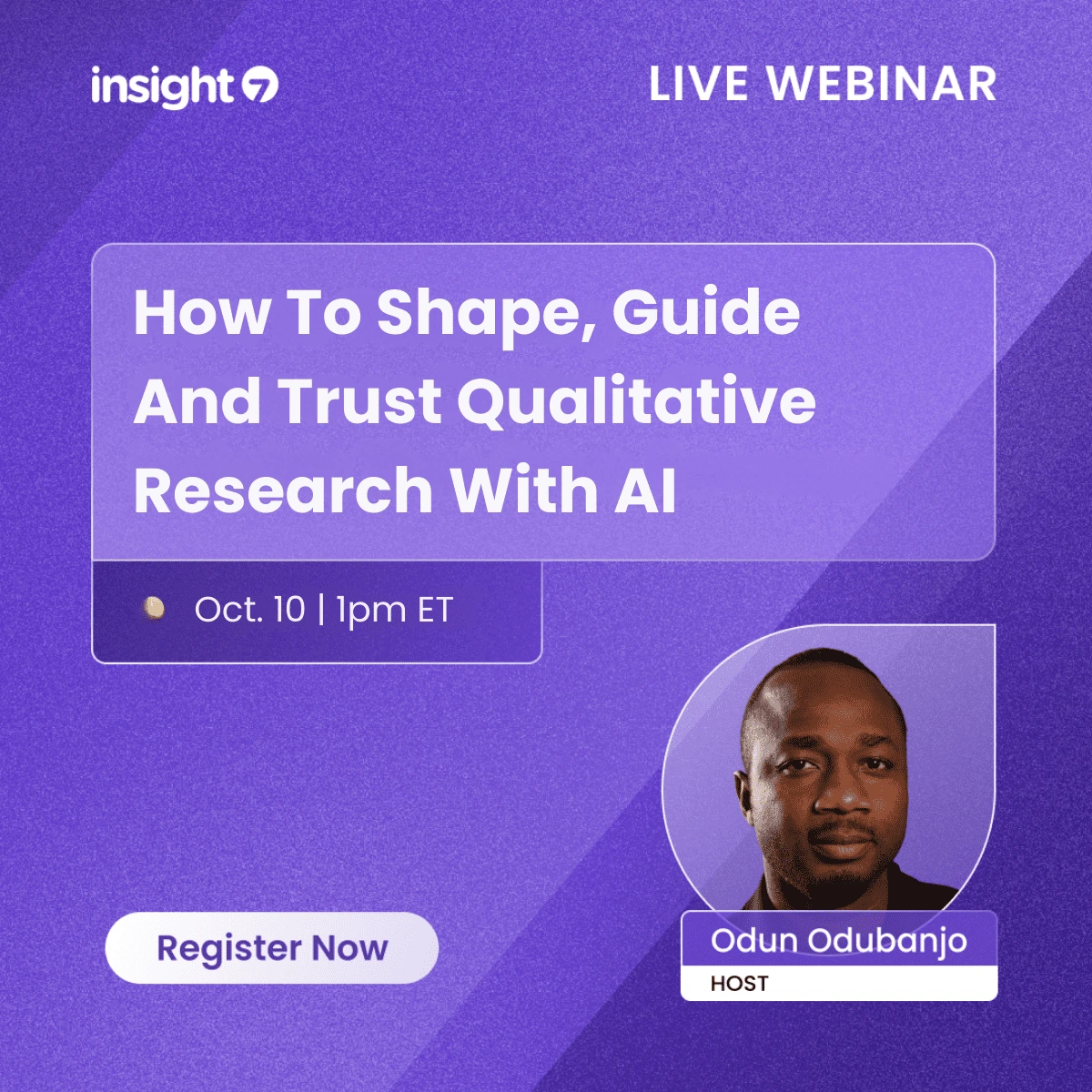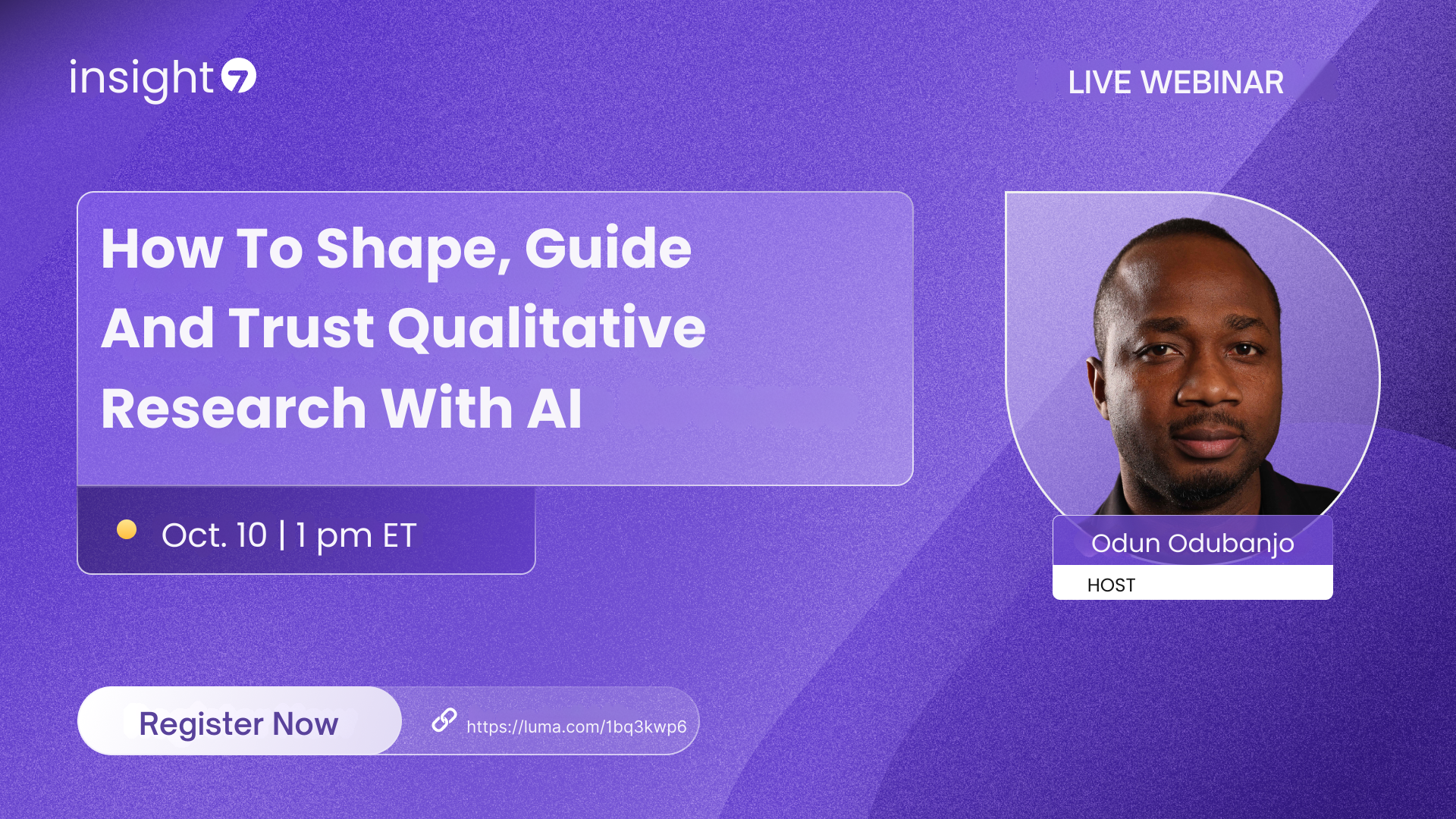Key information about artificial intelligence and data science
-
Bella Williams
- 10 min read
In recent years, the intersection of artificial intelligence and data science has transformed how businesses operate. This Tech Insight Nexus provides a critical viewpoint into these dynamic fields, showcasing their potential to revolutionize decision-making processes. As organizations embrace AI, understanding its implications and applications in data science becomes crucial for effective implementation and strategic growth.
AI and data science not only facilitate enhanced data analysis but also promote smarter marketing strategies. By harnessing these technologies, businesses can improve their customer insights and drive innovation. Through thoughtful exploration of this nexus, stakeholders can navigate the complexities of modern technology, ultimately leading to improved operational efficiencies and competitive advantages.
Demystifying Artificial Intelligence
Artificial intelligence is no longer a distant concept; it's integrated into our everyday professional lives. In the world of research, AI enhances efficiency and accuracy, particularly for tasks like data collection and summarization. While human expertise remains essential for nuanced insights, AI can manage preliminary analysis, freeing researchers to focus on strategic interpretation. Many industries are now exploring how automation can streamline their processes, particularly in data-intensive fields.
Understanding AI involves breaking it down into its core components: machine learning, natural language processing, and data analytics. Machine learning allows systems to learn from data patterns, while natural language processing enables them to understand and generate human language. Data analytics provides the tools to extract insights from vast datasets. By understanding these elements, professionals can demystify AI’s role and recognize its potential to transform their operations. As we embrace AI’s capabilities, it becomes critical to navigate its use responsibly and strategically.
Understanding Machine Learning and Deep Learning
In today's data-driven world, understanding the fundamentals of machine learning and deep learning is essential. Machine learning refers to the ability of algorithms to learn from data without explicit programming. Models are trained using datasets, enabling them to make decisions or predictions based on patterns detected in the data.
Deep learning, a subset of machine learning, uses neural networks with many layers. These layers simulate human brain processing, allowing the model to identify intricate patterns in vast amounts of data. This complexity enables deep learning to excel in tasks like image and speech recognition, which are increasingly valuable in various industries. As organizations look to optimize their operations, grasping these concepts helps in identifying effective solutions at the Tech Insight Nexus. Understanding these technologies prepares professionals to navigate the evolving landscape of artificial intelligence and harness its potential efficiently.
Real-world Applications of Artificial Intelligence
Artificial Intelligence (AI) is transforming various sectors, with real-world applications that enhance both efficiency and innovation. In healthcare, AI algorithms analyze medical data to improve diagnostics and patient care, ensuring timelier and more accurate treatments. Meanwhile, in finance, AI systems detect fraudulent transactions in real-time, protecting both businesses and consumers alike.
In retail, personalized recommendations powered by AI significantly improve customer experiences by predicting preferences based on previous interactions. Furthermore, in agriculture, AI-driven technologies provide farmers with insights into crop health and yield predictions, allowing for more sustainable practices. These examples showcase how integrating AI into everyday operations can lead to substantial advancements, underscoring the importance of understanding its capabilities and potential impact in various industries. As we continue to explore these applications, it becomes increasingly clear that AI will play a crucial role in shaping future technologies and enhancing productivity across multiple domains.
Exploring Data Science: A Tech Insight Nexus
Data science serves as a foundational bridge between raw data and actionable insights. In this Tech Insight Nexus, we explore how data science transforms messy datasets into coherent, valuable information. One key aspect is the ability to analyze and summarize data efficiently, enabling businesses to make informed decisions. By employing methods like statistical analysis and machine learning, data scientists can identify trends while drawing meaningful connections from seemingly unrelated data points.
Moreover, the tools within this nexus empower users to convert data insights into creative outputs, such as blog posts or marketing strategies. This continuous cycle of analysis and creation not only enhances a company’s understanding of its customer base but also fosters innovation. The Tech Insight Nexus thus embodies a dynamic environment that thrives on the intersections of data analysis, creativity, and strategic decision-making, ultimately driving success and growth in various industries.
Key Techniques and Tools in Data Science
Data science relies on a variety of techniques and tools that help transform raw data into valuable insights. Among the key techniques used in this field are statistical analysis, machine learning algorithms, and data visualization. These methods allow data scientists to identify patterns and trends within data sets that drive informed decision-making. Additionally, tools like Python and R are essential for data manipulation and analysis, enabling users to code and run analyses efficiently.
Moreover, platforms such as Tableau and Power BI facilitate impressive data visualization. This feature helps in presenting complex results in an easily digestible format. Another important aspect includes cloud computing tools which offer scalable storage and processing power. By applying these techniques and using these tools, data scientists can effectively address challenges in various industries. In the Tech Insight Nexus, understanding these techniques helps professionals maximize the potential of their data.
The Role of Big Data in Data Science
Big data plays a pivotal role in the realm of data science, influencing how analysts approach complex problems. With vast amounts of data generated every second, data scientists can extract valuable insights that drive decision-making across various sectors. This transformation is particularly evident in areas such as finance, healthcare, and marketing, where patterns and trends identified through data analysis can inform better strategies.
Understanding the impact of big data involves several key aspects. Firstly, it enables enhanced predictive analytics, allowing businesses to anticipate market trends or consumer behavior effectively. Secondly, real-time data processing allows for immediate insights, which is crucial in dynamic environments. Lastly, big data supports personalized experiences for users, tailoring services and recommendations based on individual preferences. In this context, the Tech Insight Nexus emphasizes the importance of harnessing big data to improve operational efficiency and foster innovation in data science.
Conclusion: Tech Insight Nexus – The Future of AI and Data Science
The convergence of AI and data science represents a transformative era known as the Tech Insight Nexus. This new frontier offers immense potential for innovation across various sectors, including marketing and research. By harnessing data-driven insights, organizations can better understand consumer behavior, streamline processes, and make informed decisions. Adapting to this change is not merely an option but a necessity for those wanting to keep pace in a fast-evolving marketplace.
Looking ahead, the future of AI and data science promises to be dynamic and impactful. As businesses increasingly adopt intelligent tools, they will unlock opportunities for deeper analysis and enhanced decision-making. The effective integration of AI technologies into existing systems will lead to improved efficiency and greater insights. Embracing these advancements will position organizations at the forefront of intelligence-driven strategies, ensuring long-term growth and success in a competitive environment.







